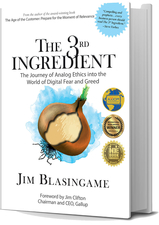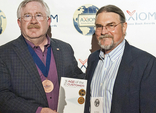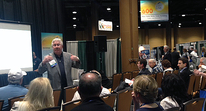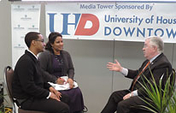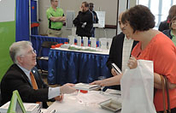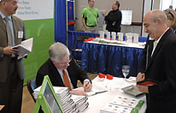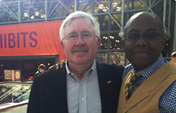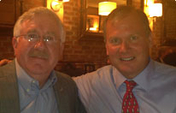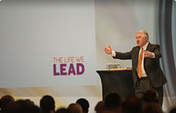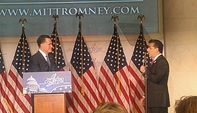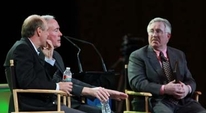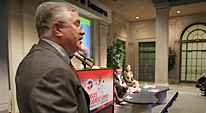More Likely to Fall?
 Until very recently, the Federal Reserve’s mantra on inflation has been simple: it’s more likely to fall than rise. This refrain is found in legislative testimony, public speeches and staff forecasts as recent as January 28. At an Open Market Committee meeting on that date, for example, its inflation outlook was summarized as follows: “Some slight downward pressure on core consumer price inflation was anticipated in the forecast given the ongoing slack in labor and product markets.” The Fed’s resident deflation hawk and champion of transparency, Governor Ben Bemanke, courageously stuck his neck out by predicting that core inflation would be a mere 1% this year, based on an arcane metric known as the core personal consumption deflator.
Until very recently, the Federal Reserve’s mantra on inflation has been simple: it’s more likely to fall than rise. This refrain is found in legislative testimony, public speeches and staff forecasts as recent as January 28. At an Open Market Committee meeting on that date, for example, its inflation outlook was summarized as follows: “Some slight downward pressure on core consumer price inflation was anticipated in the forecast given the ongoing slack in labor and product markets.” The Fed’s resident deflation hawk and champion of transparency, Governor Ben Bemanke, courageously stuck his neck out by predicting that core inflation would be a mere 1% this year, based on an arcane metric known as the core personal consumption deflator.
This basic view is rooted in a time-honored belief that as long as the economy underperforms its “potential,” inflation tends to fall. Defining the economy’s potential is a tricky business, to be sure, but most economists tracking such things (present company included) agree that we haven’t got there yet. Our own view is that output is running about one-half percent below its potential, while statements by Federal Reserve officials imply a gap of more than one percent.
Like most one-dimensional approaches, however, forecasting inflation from this basic view has limitations. More to the point, it’s being proven wrong. Inflation has risen so far this year – not fallen – and the evidence indicates, albeit still tentatively, that inflation’s nadir is almost a year behind us. So, what’s going on?
For one, the labor market isn’t playing by the rules. Despite the unemployment rate hitting 6.3% last year – more than a percentage point higher than conventional definitions of “full employment” – workers’ compensation gains have barely slowed. After topping out at a 4.4% gain in the year ending in June of 2000, employee compensation gains over the past year were 3.8%, a negligible dip compared to past experience.
The reason is that soaring benefits costs are largely offsetting a slow-down in wage gains. Contrary to the late 1990s, when the stock market was stratospheric, employers are no longer booking profits on their pension funds but actually making costly contributions. Employers are also less inclined to substitute lucrative offers of stock options for straight pay, since accounting rules encourage (and soon will mandate) recognizing such expenses in financial reports. And a popular rebellion against managed care has contributed to health care costs once again spiraling upward.
Another factor the simplistic “output gap” approach fails to recognize is the exchange rate. Again contrasting with the late- 1990s, when the dollar was on a steady climb, it’s fallen over the past two years, down 12% overall. As a result, import prices are no longer falling, as was then the case, but are firmly heading up.
Acknowledging these developments tell us that inflation is more likely to rise this year, despite the economy not being up to its theoretical potential. If further borne out, as it’s been so far, this torpedoes the Fed’s rationale for super-easy monetary policy and sets the stage for a return to “normal” interest rates, which will be defined next month.
